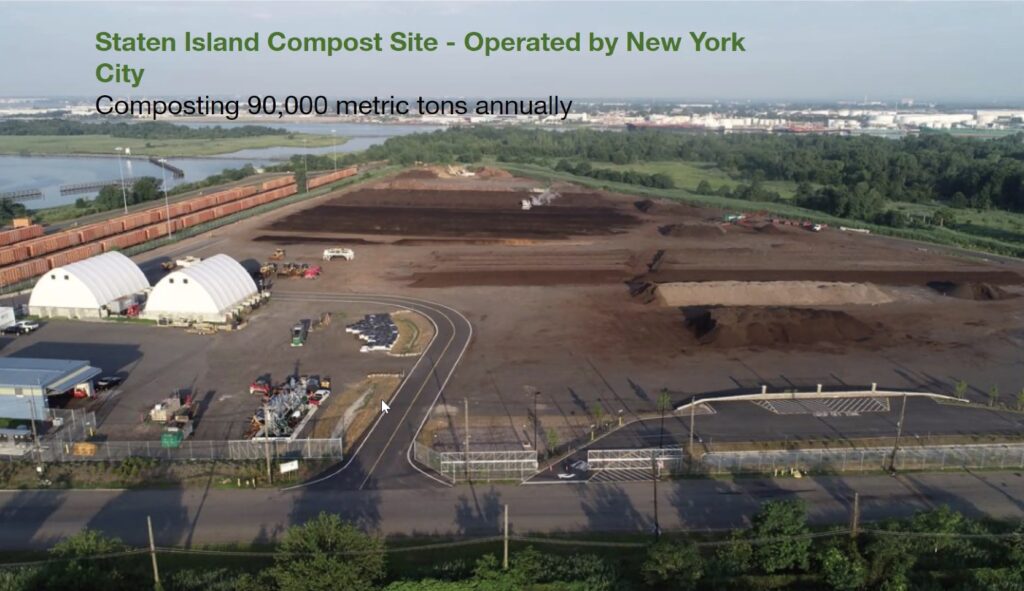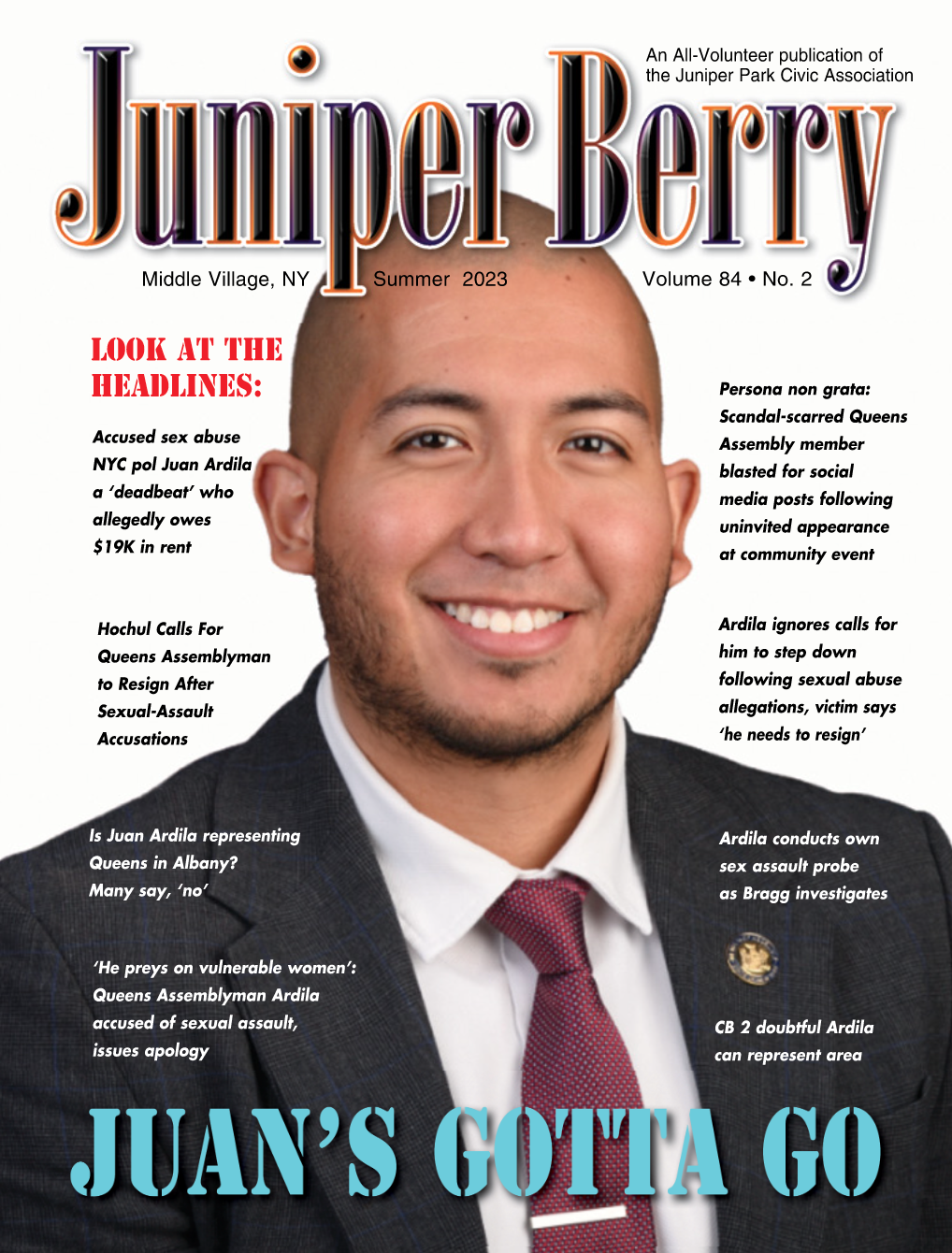By 2024, New York City will be collecting food scraps and yard waste (organics) from all its residents. This is a good thing, because the simplest and potentially most cost-effective action to reduce waste export costs and greenhouse gas emissions is to divert organic matter from landfills and incinerators. Today New York City releases approximately one million tons per year of methane from organics that are placed in the regular trash, and then landfilled or incinerated. In Queens Community District 5, exported waste-by-rail results in unhealthy night time noise, toxic diesel locomotive emissions, and sometimes nauseating odors from rail cars.
Recently, the Queens Solid Waste Advisory Board recommended that the City prioritize composting solutions for organics. Why? Benefits of composting are that it stores carbon, emits less greenhouse gas, and produces a product that can be used to enrich soil. This reduces the need for artificial fertilizers made from fossil fuels, which further reduces greenhouse gas emissions.
However, the City’s PlaNYC 2023 favors anaerobic co-digestion solutions for processing residential and commercial organics streams. Instead of being composted, food scraps would be sent to transfer stations, turned into “bioslurry”, trucked to a sewage treatment plant, and processed with sewage in anaerobic co-digestors.
What’s the problem? In contrast to the beneficial products that result from composting organics, anaerobic co-digestion of organics with sewage produces methane, carbon dioxide, and the byproduct sewage sludge. Unfortunately, sewage sludge is contaminated with plastics, PFAS, powerful pharmaceuticals, and other persistent toxins. The EPA has found 739 chemicals in samples of sewage sludge, many of which are known toxins.
Sewage sludge has proven problematic when used as a fertilizer because many of the chemicals that can be found in it are toxic to humans, animals, and plants — including some “forever chemicals” that never go away but accumulate over time. This is why the majority of sewage sludge produced in New York City must be exported by rail and truck to be landfilled or burned.
PlaNYC 2023’s target to co-digest organics also would require huge public investments in anaerobic digestors at the city’s Water Resource Recovery Facilities.
As the Queens Solid Waste Advisory Board wrote:
“Co-digestion, if it were to become the primary means of processing our city’s organics, would be detrimental to our responsible waste management efforts in New York City and damaging to the health and well-being of the citizens of New York City, New York State, and the planet.”




